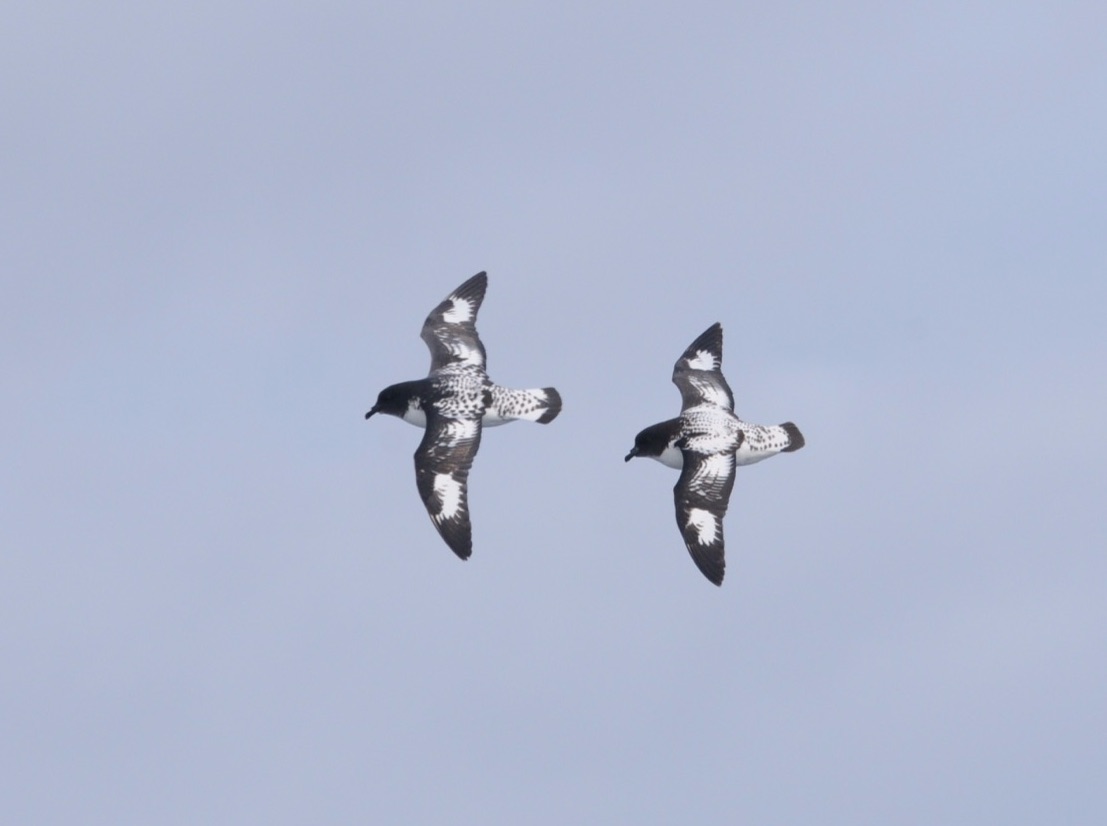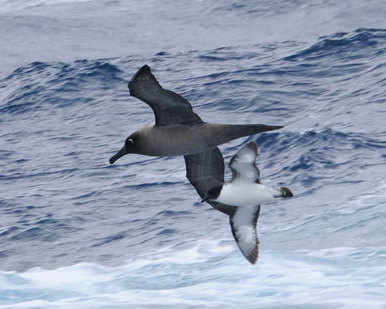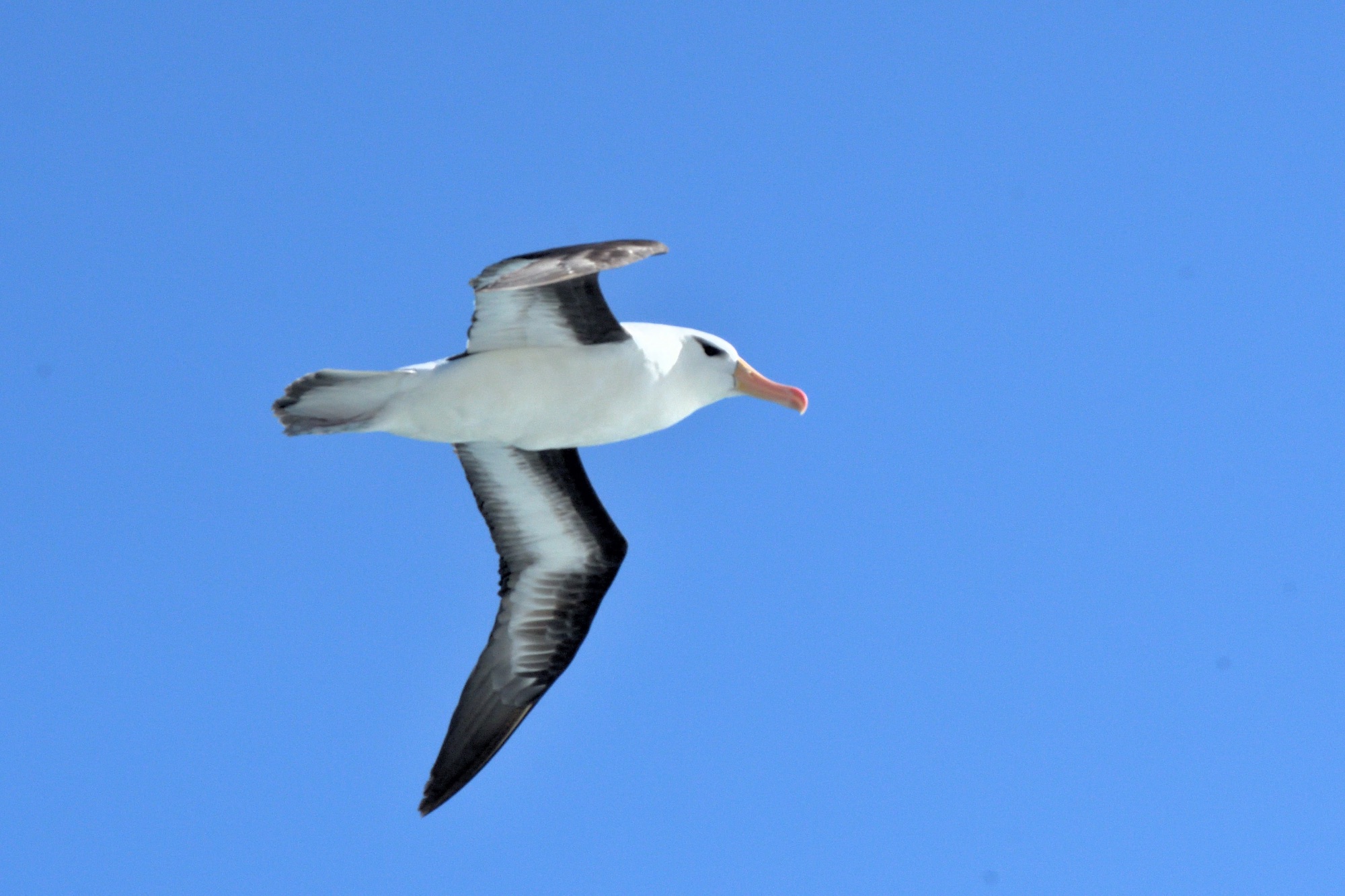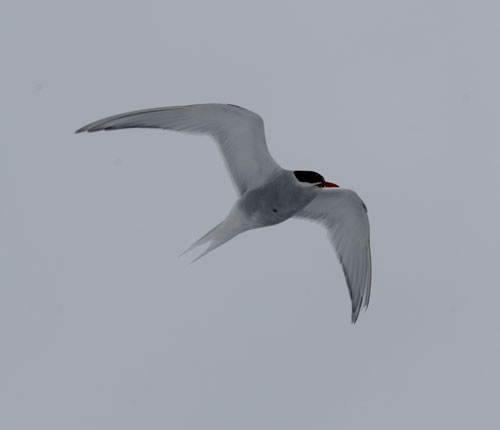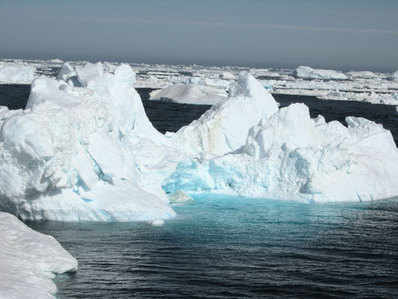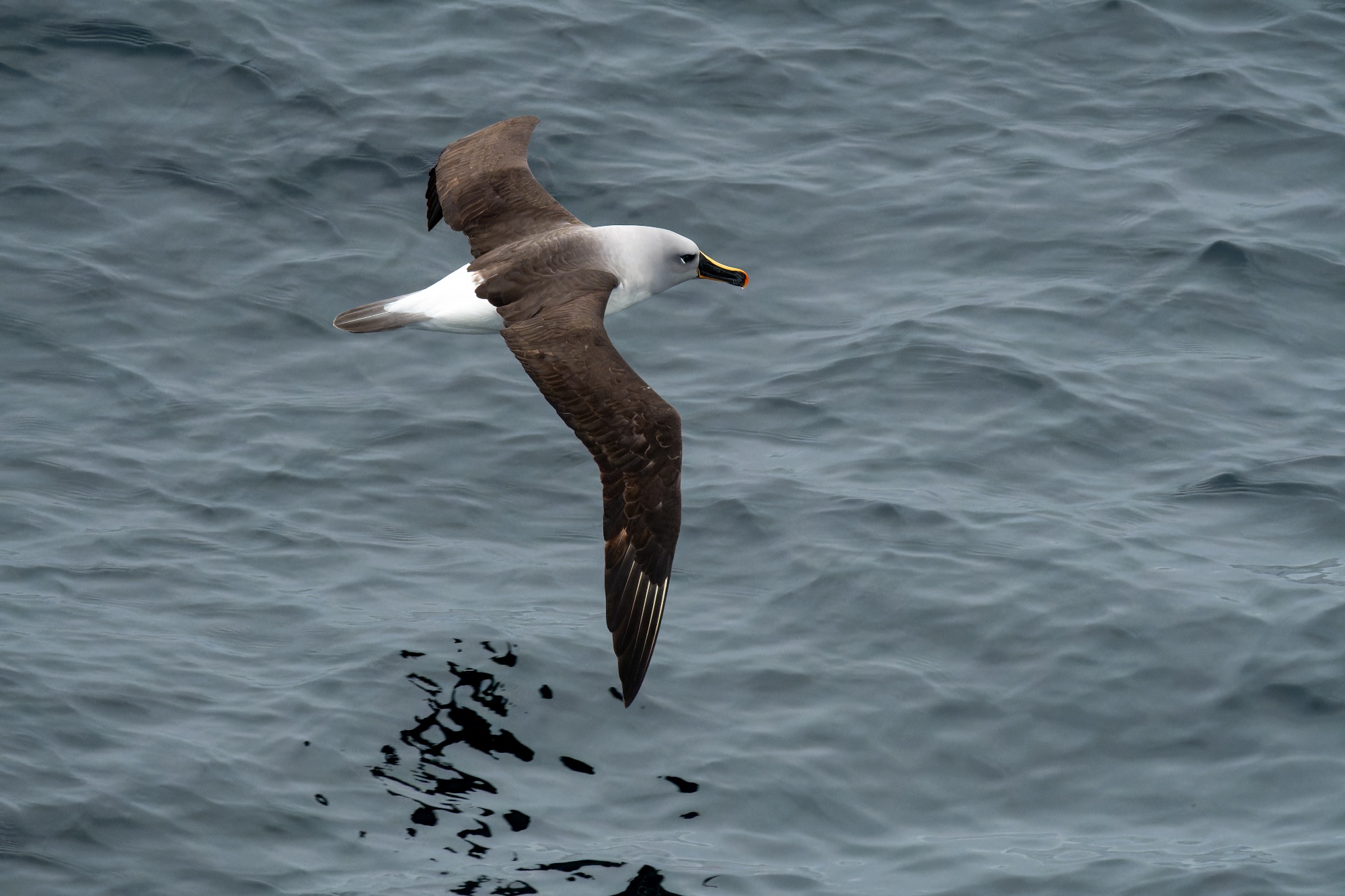TIERRA DEL FUEGO and ANTARCTIC PENISULA CRUISE
**** ARGENTINA PRE-TOUR EXTENSION****
Day 1 ARRIVAL IN BUENOS AIRES - xxx 2026
This is purely an arrival day for anyone attending the pre-tour extension and no birding activities are planned. Upon arrival we will transfer to a nearby hotel. Night in Buenos Aires.
Days 2 -7 NW ARGENTINA PRE-CRUISE EXTENSION
Details soon...
****TIERRA DEL FUEGO & ANTARCTIC PENINSULA CRUISE ****
CRUISE DAY 1 BUENOS AIRES - ARRIVAL ONBOARD SHIP - Sunday 25th January 2026
For anyone not doing the pre-cruise extension this is the arrival day for commencement of the cruise/pelagic. You will be given meeting instructions and information on where to meet your guides prior to boarding our cruise ship in Buenos Aires harbour. today.
CRUISE DAY 2 COSTANERA SUR
We will moored in Buenos Aires for the entire day and will spend the morning birding around the fantastic Costanera Sur Reserve, which comprises reed-fringed ponds and shrubby marshes bordered by scrub and tall trees. There are a lot of potential species but just to whet the appetite we could see: White-tufted Grebe, Rufescent Tiger-Heron, Fulvous and White-faced Whistling Ducks, Coscoroba Swan, Yellow-billed Pintail, Rosy-billed Pochard, Lake Duck, Black-headed Duck, Chimango Caracara, Rufous-sided Crake, Plumbeous Rail, Spot-flanked Gallinule, White-winged, Red-gartered and Red-fronted Coots, Picazuro Pigeon, Eared Dove, Picui Ground-Dove, Guira Cuckoo, Glittering-bellied Emerald, Green-barred Woodpecker, Rufous Hornero, Freckle-breasted Thornbird, White-crested Tyrannulet, Many-coloured Rush-Tyrant, Yellow-browed Tyrant, Fork-tailed Flycatcher, Grey-breasted Martin, White-rumped Swallow, White-winged Becard, Chalk-browed Mockingbird, Rufous-bellied Thrush, Masked Gnatcatcher, Yellow-billed and Red-crested Cardinals, Yellow-winged Blackbird, Southern Yellowthroat, Hooded Siskin, Golden-billed Saltator, Dark-throated & Double-collared Seedeater and Black-and-rufous Warbling-Finch. Once finished here we will spend our last night on board ship and our final dinner together.
CRUISE DAYS 3 - 5 AT SEA
Our seawatching begins in earnest at first light as we scan the South Atlantic Ocean for some incredible seabirds. Most common will be Manx, Sooty & Great Shearwaters, with smaller numbers of Cory's Shearwaters. And if we are lucky our first day at sea could give us Cape Verde Shearwater and there will also be our first Black-browed Albatrosses, and possibly Arctic & Long-tailed Skuas as well. If the sea is calm, you can hear the feet of the shearwaters "pitter pattering" across the water as they struggle to take off in such calm conditions. In fact, the views we usually get of most seabirds can be extraordinarily stunningly close, with some passing directly under our viewing platform at the bow of the ship.
Our second day at sea should be good for the impressive Atlantic Yellow-nosed Albatross and we will be hoping for Atlantic & Spectacled Petrels as well, amongst the more numerous White-chinned Petrels. As we head further south, we should pick up Fuegian [Wilson’s] Storm-Petrels, and eventually our first Southern Royal Albatross too. Cetaceans will also be a firm feature of our cruise and we could see Dusky Dolphins and one or two Southern Right Whales as well.
During our third day we will enter the calmer waters of Tierra del Fuego and more precisely the fjords of Punta Arenas, where we can see diminutive Magellanic Diving Petrels, Magellanic Penguins, Southern Giant Petrels, Pink-footed Shearwater, Slender-billed Prions, Kelp Gulls and South American Terns.
CRUISE DAY 6 PUNTA ARENAS, CHILE
Right after meeting our naturalist guide at Punta Arenas port, we will be birding along the rocky shores of the Magellan Straits where species such as both Imperial and Rock Cormorants, Chilean Skua, Dolphin Gull and South American Tern can be seen. We will inspect the productive wetland of Tres Puentes just outside town as this place holds a great variety of waterfowl including Crested Duck, Chiloe Wigeon, Red Shoveler, Yellow-billed Teal and Yellow-billed Pintail, whilst South American Snipe can be spotted here while performing its characteristic flight display. Driving across the vast and seemingly bleak grasslands, we will see typical birds of the steppe such as Lesser Rhea, Cinereous Harrier, Magellanic Oystercatcher and Correndera Pipit. One of the main targets of today’s outing is the odd-looking Magellanic Plover, which occurs in some brackish ponds nearby. The sole member of the Pluvianellidae family, this wader is one of the highlights of any birding trip in Patagonia and we will learn a great deal about its natural history today from our knowledgeable guide. We will also spend considerable time driving back roads and scanning for interesting and well-camouflaged species, including Tawny-throated and Rufous-chested Dotterels, Two-banded Plover and Least Seedsnipe. Interesting passerines also occur here also and we will look for specialties such as Common Miner, Austral Canastero, Austral Negrito, Band-tailed Earthcreeper, Chocolate-vented Tyrant and the stunning Black-throated Finch. The steppe seems like a fairly modest ecosystem however it holds a rich array of mammals too including Guanaco, Southern Grey Fox, Patagonian Hog-nosed Skunk and Patagonian Hairy Armadillo among others. Returning to the Magellan Straits, we will look again for waterbirds such as Silvery Grebe, Chilean Flamingo, Coscoroba Swan, Silver Teal, Red-gartered and White-winged Coots. Also, Flying Steamer-Duck, Upland, Ashy-headed and hopefully the scarce Ruddy-headed Goose will be spotted in the area during our visit. Back on-board we will sail towards Ushuaia and the Beagle Channel and still have a couple of hours of daylight to get our seabird fix and admire the stunning scenery. Cetaceans could figure prominently as both Peale's Dolphin and both Humpback & Sei Whales inhabit these waters.
CRUISE DAY 7 USHUAIA, ARGENTINA
We will be keeping an eye out for Flightless and Flying Steamer-Ducks this morning as we sail along the Beagle Channel, and there should be numerous Imperial Cormorants and Chilean Skuas as well before our arrival into Ushuaia. Once ashore we will meet up with another naturalist before heading into Tierra del Fuego National Park and make a concerted effort to find the magnificent Magellanic Woodpecker. Amidst yet more spectacular scenery we could also find Spectacled Duck, Kelp and Ashy-headed Goose, Great Grebe, Dolphin Gull, South American Tern, White-throated, Southern Crested and Chimango Caracara, Austral Pygmy-Owl, Thorn-tailed Rayadito, Dark-bellied Cinclodes, White-throated Treerunner, Black-chinned Siskin and Patagonian Sierra-Finch.
CRUISE DAY 8 AT SEA CROSSING DRAKE PASSAGE
This should prove to be an exciting day as almost anything is possible as we sail across the Drake Passage towards the Antarctic Peninsula and into the remote southern ocean that teems with seabirds. Whilst we can always hope for a rare Light-mantled Albatross cruising amidst the much commoner Black-browed Albatrosses, more likely species include Wandering (Snowy) Albatross, whilst Southern Royal Albatross should be more prominent, and there's another chance of Grey-headed Albatross today. Today may well be our best chance of finding a Black-bellied Storm-Petrel in the huge flocks of Sooty Shearwaters that patrol the seas, or a Southern Fulmar or Cape Petrel, whilst getting a decent view of a Common Diving-Petrel will take some persistance! When you think of the possibilities and species recorded in this part of the world then we can always hope for something mega such as Kerguelen Petrel, Cook's or Mottled Petrel, or even a Parkinson's Petrel. Let's keep our fingers crossed and remember that we are searching for these incredible species from the relative comfort of a full, working cruise ship. As our journey gets closer to Antarctica, Cape (Pintado) Petrels will become much commoner, Blue Petrel chances increase, as do Antarctic Prion and how about an Antarctic Petrel?
CRUISE DAYS 9 - 12 ANTARCTIC PENINSULA
We expect to reach the South Shetland Islands late morning of Day 9 and during these 4 days we will be cruising around the mesmerising glaciers and stupendous blue icebergs of the Antarctic Peninsula. Exactly where the ship sails depends on the state of the pack ice and prevailing weather conditions, both of which are notoriously unpredictable.
We will be well wrapped up in our cold weather gear as we scan for some quality new birds. Penguins are high on the agenda, with Adelie, Gentoo and Chinstrap all highly likely. Stunning Antarctic Terns can be numerous, whilst menacing Subantarctic Brown and South Polar Skuas can often be seen at close range. There should be plenty of Wilson’s Storm-Petrels, along with Antarctic Fulmars and a few Snowy Sheathbills around. The main prize of this 'winter wonderland' is the enigmatic Snow Petrel, a species that is unpredictable at best. We can always hope for an Emperor Penguin standing on a floating iceberg.....
Other sightings could include Humpback, Antarctic Minke and hopefully Killer Whales, Weddell Seals and maybe a Leopard Seal amongst others.
CRUISE DAY 13: AT SEA
Another exciting day at sea as we sail north towards the Falkland Islands and have further chances of many previously mentioned seabirds. These cold waters attract Cape (Pintado) Petrels, Antarctic Fulmars, Slender-billed Prions, Grey-backed Storm-Petrel, Southern Giant Petrels, and a variety of albatrosses. Huge Sei Whales can be seen regularly, whilst some there have been some rare beaked whale sightings here over the past few years.
CRUISE DAY 14 FALKLAND ISLANDS
Upon arrival in Port Stanley we will drive for to Volunteer Point in jeeps we've previously arranged and although the drive can take up to 2 hours and the second half of the drive is off-road we feel the journey is worthwhile. That is because up to 2,000 King Penguins breed here and this will surely provide one of the most memorable highlights of the tour. There is also a colony of Gentoo and Magellanic Penguins here to keep us entertained and photgraphic opportunities could be very good! We can chat to the wardens and get an insight into the lives of the penguins and have a thoroughly enjoyable time. We will also be on the look-out for Imperial Cormorant, Snowy Sheathbill, Falkland Steamer-Duck, Two-banded Plover, Rufous-chested Dotterel, Dark-faced Ground-Tyrant, and hopefully White-bridled Finch. On return to Port Stanley there may be a little time to visit a gift shop, museum or even the local pub before returning to the ship. Sailing out to sea from here provides further opportunities of seeing Slender-billed Prion and other seabirds, as well as having a chance of Southern Right Whale as well. Heading north there's a chance of Sooty Albatross too.
CRUISE DAY 15 - 16 AT SEA
Two full days at sea in the seabird-rich South Atlantic seas gives us our best opportunity of finding the graceful Soft-plumaged Petrel and Sooty Albatross. We should see many more Sooty Shearwaters, along with Manx and Great Shearwaters, and huge numbers of Black-browed Albatross are likely today, whilst rarer species to find include Great-winged Petrel, Grey Petrel, Grey-backed Storm-Petrel and Atlantic Petrel amongst others.
Another full day at sea and this will give us further chances of Atlantic Yellow-nosed Albatross. Other possibilities include White-chinned Petrel, Manx, Great and Cory's Shearwaters, Black-bellied Storm-Petrel, Pomarine and Long-tailed Skuas. Whilst there's an outside possibility of Atlantic or Spectacled Petrels and we also need to stay sharp as there is a chance of the rare Cape Verde Shearwater as well.
CRUISE DAY 17 MONTEVIDEO, URUGUAY
This promises to be an exciting day as we meet our excellent local guide and visit a number of exciting birding sites around Montevideo and seeing 100 species today is highly likely! We will definitely bump up the birdlist today by visiting the Wetlands of Saint Lucia that covers a relatively large extension of coasts, marshes, rural and suburban areas, native and exotic forests. Another great site at Playa Penino has a variety of habitats, among them marshes, grasslands, plowed and cultivated land, and coasts of the River Plate. We can have our picnic lunch in the shade of some trees overlooking the marsh before checking some other lagoons. We can expect up to 80 species today and some of the potential highlights include: White-tufted Grebe, Black-necked and Coscoroba Swan, Brazilian and Silver Teals, Chiloe Wigeon, Cocoi and Whistling Herons, Bare-faced and White-faced Ibis, Limpkin, Giant Wood-Rail, Plumbeous Rail, Rufous-sided Crake, Spot-flanked Gallinule, Red-gartered, Red-fronted and White-winged Coots, Wattled Jacana, Southern Lapwing, Collared Plover, Hudsonian Godwit, various shorebirds, Kelp Gull, Yellow-billed and Snowy-crowned Terns, Black Skimmer, Ringed and Amazon Kingfishers, Monk Parakeet, Dark-billed Cuckoo, White and White-spotted Woodpeckers, Glittering-bellied Emerald, White-throated and Gilded Hummingbirds, Wren-like Rushbird, Sulphur-throated, Spix’s and Stripe- crowned Spinetails, Rufous-capped Antshrike, Sooty Tyrannulet, Bran colored Flycatcher, Spectacled Tyrant, Austral Negrito, Gray and White Monjita, White-rumped Swallow, Black-and-Rufous Warbling-Finch, Long-tailed Reed-Finch, Grassland Yellow-Finch, Great Pampa-Finch, Dark-throated and Rufous-rumped Seedeaters, Yellow-winged Blackbird, Brown-and-Yellow Marshbird, Chalk-browed Mockingbird, Variable Oriole and others.
Cruise Day 18 END OF TOUR - CEIBAS EXTENSION - 11th February 2026
This morning we will disembark the wonderful Sapphire Princess (from 5am) and have plenty of time to catch our international flights home or continue with our exciting Ceibas extension.
**** CEIBAS EXTENSION ****
The Pampa is an extensive humid plain shared by Argentina, Uruguay and Brazil. In Argentina, the Pampa Grassland covers an area of more than 50 million hectares in the central part of the country and we are going to visit an amazing area full of birds around Ceibas.
Day 1 Buenos Aires - Otamendi - Ceibas -11th February 2026
We will make an early start for birding Otamendi National Park. This 3,000-hectare park sits on the shores of the Paraná River, just north of Buenos Aires, and it is included in the international list of Important Bird Areas. It takes in three of the main bird habitats in Argentina: the Pampas Grasslands, the Thorny Woodland, and the Paraná River Delta providing a huge list of possibilities over the next few days. We would expect to be seeing 80-100 species a day here! Bird highlights possible here include Nacunda Nighthawk, both Straight-billed and Curve-billed Reedhaunters, Diademed Tanager and several widespread species like White-tufted Grebe, Southern Screamer, Long-winged Harrier, Brown-and-yellow Marshbird, Giant Woodrail, Checkered Woodpecker, Chotoy Spinetail, Warbling Doradito and Great Pampa-Finch. We will leave Otamendi and drive to Ceibas, and spend most of the afternoon looking for Spotted Rail, Stripe-backed Bittern, Many-coloured Rush Tyrant, Wren-like Rushbird and Scarlet-headed Blackbird to mention but a few. Other species possible today include Greater Rhea, Red-winged Tinamou, Spotted Nothura, Dusky-legged Guan, Rufous-sided Crake, Spot-flanked Gallinule, Maguari Stork, Jabiru, Bare-faced Ibis, Black-collared and White-tailed Hawks, Yellow-billed and Large-billed Terns, Nanday Parakeet, Chaco Earthcreeper, Rufous Hornero, Firewood-Gatherer, Spectacled and Yellow-browed Tyrants, Red Pileated Finch and Rusty-collared Seedeater. By the end of the day we will be arriving to our silent and comfortable lodge where we'll spend the following two nights.
Day 2 Ceibas
The bird abundance in this location makes it really enjoyable for birders the world over, and its dense thorny forests and marshlands are home to an incredible number of species, among which is worth mentioning Greater Rhea, Red-winged Tinamou, Savanna Hawk, White-barred Piculet, White-fronted, Checkered and White Woodpeckers, Turquoise-fronted Amazon, Blue-tufted Starthroat, Variable and Rufous-capped Antshrike, Scimitar-billed Woodcreeper, Brown Cacholote, Sulphur-bearded Reedhaunter, Lark-like Brushrunner, Freckle-breasted Thornbill, Short-billed Canastero, Scimitar-billed Woodcreeper, Pale-breasted and Sooty-fronted Spinetails, Large Elaenia, Green-backed Becard, Tufted Tit-Spinetail and Tawny-bellied Seedeater. After dinner we will go for a walk looking for Tropical Screech-Owl and any of the local nightjars that include Scissor-tailed, Band-winged and Little Nightjars.
Day 3 Ceibas - Buenos Aires - 13th February
We will spent this morning looking for new species such as Rosy-billed Pochard, Ringed and Silver Teals, Southern Screamer, White Monjita, Short-billed Canastero, Sulphur-bearded and Stripe-crowned Spinetails, Curve-billed Reedhaunter, White-naped Xenopsaris, Chalk-browed and White-banded Mockingbirds, Correndera & Yellowish Pipit, Tawny-crowned Pygmy-Tyrant, Black-capped Warbling-Finch, White-tipped Plantcutter, Solitary Cacique, Grayish Baywing, Saffron-cowled Blackbird and Marsh Seedeater amongst many others. In the afternoon we will drive to Buenos Aires and a nice hotel where we will have our final dinner together.
Day 4 End of Tour - 14th February 2026
Transfers to airport and end of tour.
All photos copyright Nick Bray/Zoothera Birding unless otherwise stated.

